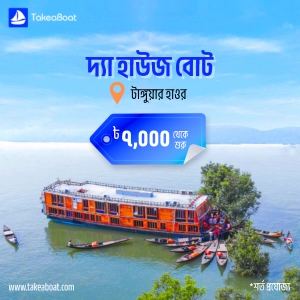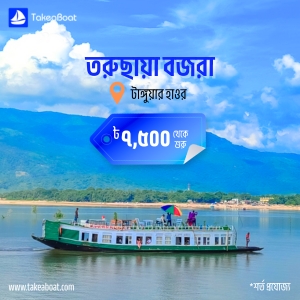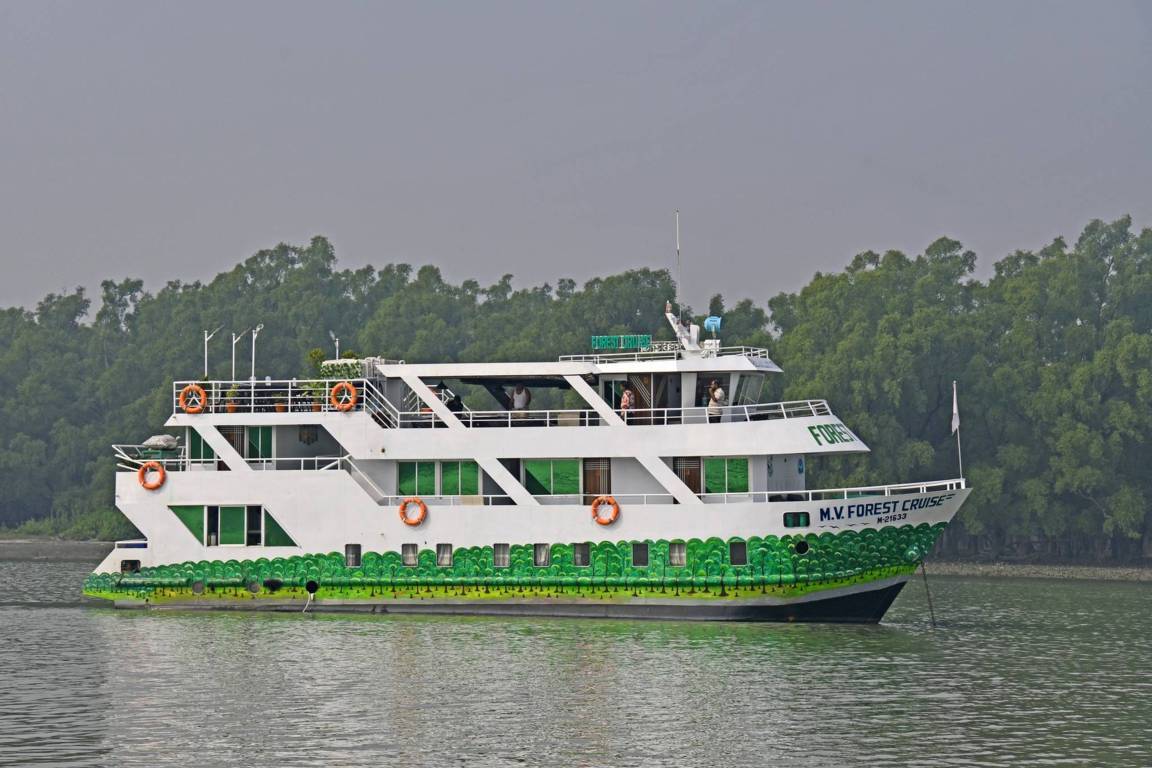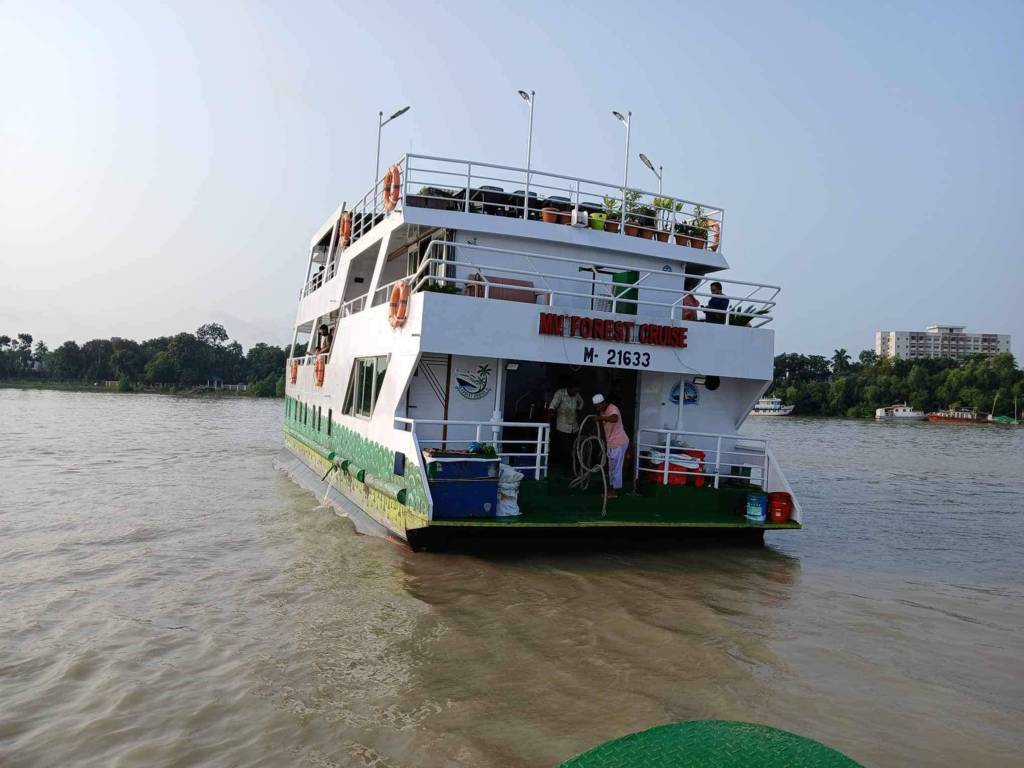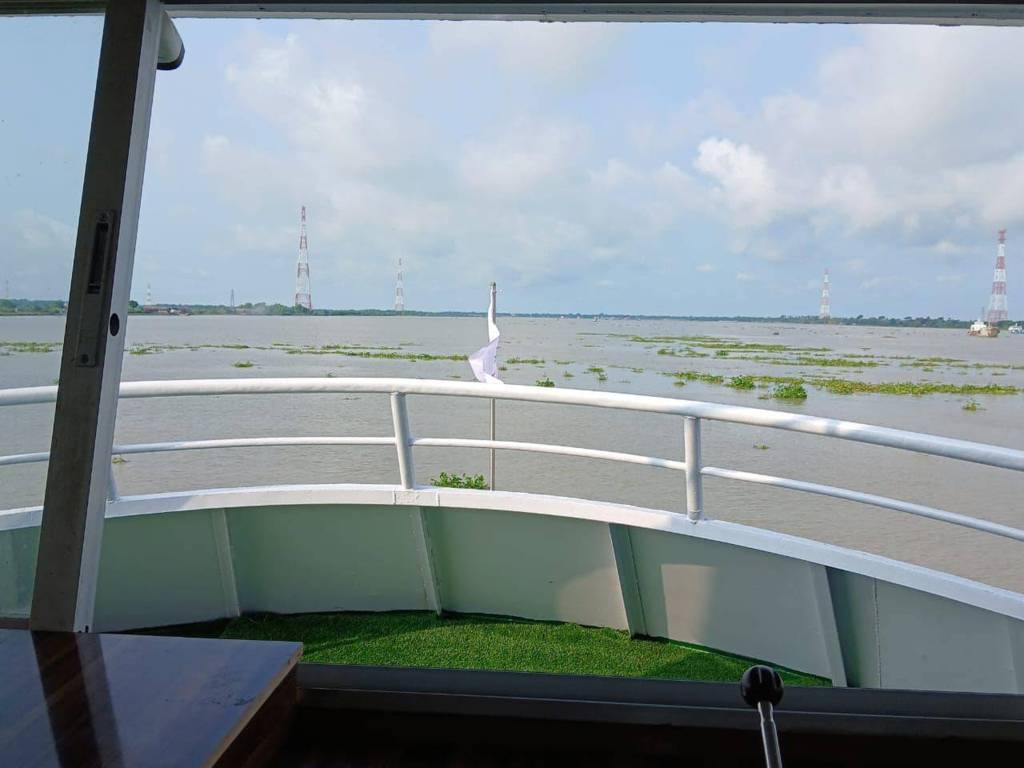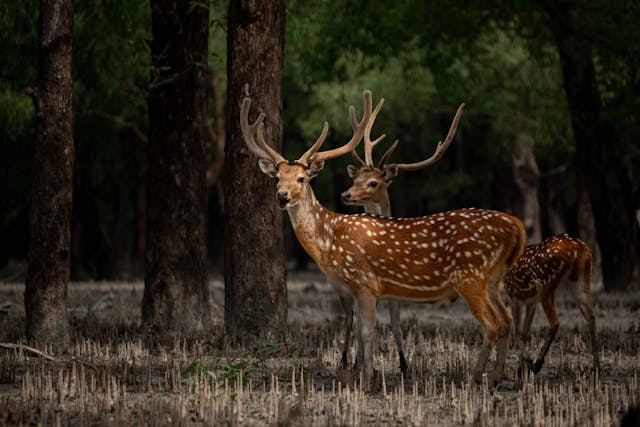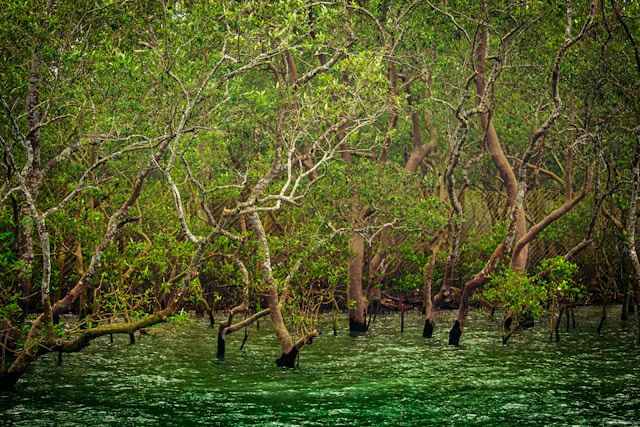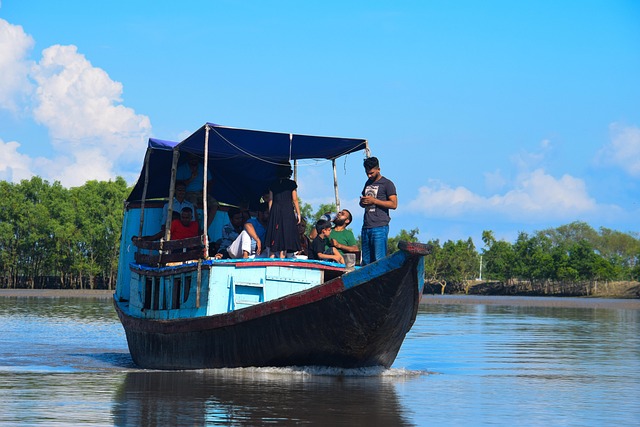How to Book a Sundarbans Ship: Your Guide to Taking a Boat into the Wild
Your Floating Hotel Awaits
Forget standard hotel bookings. Your stay in the Sundarbans isn't on land—it's on the water. Booking the right Sundarbans ship is the single most important decision you'll make for your adventure. This isn't just a boat; it's your floating hotel, your safari vehicle, your restaurant, and your safe haven in the world's largest mangrove forest.
Table of Contents
- Your Floating Hotel Awaits
- Why Your Choice of Ship Makes or Breaks the Trip
- Types of Sundarbans Ships: Find Your Perfect Match
- The Step-by-Step Booking Process Demystified
- What to Truly Expect When You Take a Boat into the Mangroves
- Quick Takeaways: Booking Your Sundarbans Adventure
- Conclusion: Set Sail for an Unforgettable Journey
- FAQs
- Let's Hear From You!
I've helped countless travelers navigate this process, from solo backpackers to large families. The confusion is real: "Should I book online? From Dhaka? From Mongla? What's the difference between a 'ship' and a 'boat' here?" This guide cuts through the noise. We'll walk through how to secure your perfect vessel, what to really expect onboard, and how to avoid the pitfalls that leave travelers disappointed. Let's get you aboard.
Why Your Choice of Ship Makes or Breaks the Trip
Your Floating Basecamp in the Wilderness
The Sundarbans is a remote, tidal ecosystem with no tourist infrastructure on land. Your ship is everything. The right one provides:
-
Access: Smaller vessels can navigate narrow creeks for intimate wildlife viewing.
-
Safety: A well-maintained ship with a experienced crew is your protection against weather and in a tiger habitat.
-
Comfort: After a day of jungle adventures, air-conditioning and a clean bed are not luxuries—they are necessities.
-
Community: Meals on the deck with fellow travelers often become the highlight of the trip.
A traveler from Canada, Mark, emailed me last season: "I almost booked the cheapest option. So glad I upgraded. Watching the stars from the top deck after everyone had gone to sleep, with only the sounds of the forest, was a spiritual experience. It wouldn't have been the same on a crowded, noisy boat."
Types of Sundarbans Ships: Find Your Perfect Match
1. The Traditional Wooden Launch (The Authentic Choice)
-
What it is: Multi-deck, often ornately carved wooden vessels. They are the classic Sundarbans ship.
-
Best for: Budget-conscious travelers and those seeking a authentic, rustic experience.
-
Reality Check: AC is often only in cabins, not common areas. En-suite bathrooms can be very basic.
-
Insider Tip: The upper-deck cabins are cooler and have better views. Ask for one.
2. The Modern Cruise Ship (The Comfort Choice)
-
What it is: Newer, steel-hulled vessels designed specifically for tourism.
-
Best for: Families, photographers (with stable shooting platforms), and those who prioritize comfort.
-
Reality Check: Priced higher, and their larger size can limit how far into narrow channels they can go.
-
Insider Tip: These often have generators that run 24/7, meaning you can always charge your camera batteries.
3. The Chartered Trawler (The Exclusive Choice)
-
What it is: Hiring a entire fishing trawler or smaller boat customized for a private group.
-
Best for: Small groups, photographers, and those who want a flexible, personalized itinerary.
-
Reality Check: This requires more planning and is the most expensive option per person.
-
Insider Tip: You can dictate the schedule—perfect for being on the water at golden hour for the best light.
The Step-by-Step Booking Process Demystified
Step 1: Plan Your Timeline (The Golden Rule)
-
Peak Season (Oct-Feb): Book at least 4-6 weeks in advance. Good ships sell out.
-
Off-Season: You can often book 1-2 weeks ahead, but your choices will be limited.
Step 2: Choose Your Booking Method
-
Through a Tour Operator in Dhaka (Recommended for First-Timers):
-
Pros: They handle everything—transfers, permits, food, and guide. It's a package deal.
-
Cons: You pay a premium for this convenience.
-
How to Choose: Look for operators with verifiable reviews on TripAdvisor and a professional website. Ask them to put you in touch with past clients.
-
-
Directly at the Port in Mongla (For the Adventurous):
-
Pros: Potentially cheaper. You can inspect the ship in person before paying.
-
Cons: Incredibly risky. No guarantee of availability, and communication is a major barrier. You'll have to arrange your own guide, cook, and permits.
-
Only attempt this if you are with a Bengali speaker and have flexible time.
-
-
Online Booking Platforms:
-
A growing number of reputable operators now offer instant booking and secure payment on their websites. This is often the best blend of convenience and safety. Like us, we offer instant booking with secure payment.
-
Step 3: Ask These Make-or-Break Questions
Before you pay a single taka, get clear answers on:
-
"What is the exact name and capacity of the ship?" (Go google it for photos).
-
"How many hours per day will we actually take a boat for excursions?" (Some cut corners here).
-
"Is the guide a certified forest guide?" (This is non-negotiable for safety and quality).
-
"What is the cabin configuration?" (Ask for photos of the specific cabin you'll get).
-
"What is the backup plan for mechanical issues?"
What to Truly Expect When You Take a Boat into the Mangroves
Your day on a Sundarbans ship follows a beautiful rhythm:
-
Dawn: Wake up to the sound of birds. Take a boat on a smaller country boat for a morning wildlife safari through narrow creeks.
-
Mid-day: Return to the main ship for breakfast and to cruise to a new location. Relax on the deck, read a book, and watch the forest go by.
-
Afternoon: Another excursion to a watchtower or a beach for tiger-tracking.
-
Evening: The ship anchors in a safe, wide channel. Enjoy a fresh Bengali meal on the deck under a blanket of stars.
Packing Pro-Tip: Beyond the usual, pack a power bank (outlet access can be limited), motion sickness pills (even if you don't think you need them), and a good pair of binoculars. They are worth their weight in gold.
Quick Takeaways: Booking Your Sundarbans Adventure
✔ Book early, especially for peak season travel.
✔ For a carefree experience, use a reputable tour operator.
✔ Your ship is your hotel; don't choose based on price alone.
✔ Always, always verify that a certified forest guide is included.
✔ Pack for the elements: sun protection, rain gear, and binoculars.
Conclusion: Set Sail for an Unforgettable Journey
Booking your Sundarbans ship is the first step of the adventure. It might seem daunting, but it’s a rite of passage. Doing your homework ensures that your time in this incredible UNESCO World Heritage Site is spent marveling at Bengal tigers and breathtaking mangroves, not dealing with avoidable hassles.
The magic of the Sundarbans is best experienced from the deck of a boat, with the hum of the forest around you. It’s a feeling of immersion that no land-based safari can provide.
FAQs
Q: What is the best time of year to book a Sundarbans ship?
A: The cool, dry winter months from October to March offer the most pleasant weather and the best wildlife spotting conditions, making it the ideal time to take a boat tour.
Q: Are these ships safe for families with young children?
A: Generally, yes, especially the larger, modern cruise ships. However, always check about safety railings and if child-life jackets are available. The smaller excursion boats may be less suitable for very young toddlers.
Q: Can I book a single cabin on a Sundarbans ship, or do I need a group?
A: Many operators offer the option to book a single cabin on a shared ship tour, which is perfect for solo travelers. You'll join a group on a pre-scheduled departure.
Q: What happens in case of bad weather?
A: The captain and guide prioritize safety. itineraries may be altered, and excursions postponed. Ships are designed to handle the river's conditions, but always build flexibility into your travel plans.
Q: Is seasickness a problem on the Sundarbans rivers?
A: The rivers can be choppy, especially when crossing larger channels. If you are prone to motion sickness, it's highly recommended to bring medication. The larger ships are more stable than the small excursion boats.
Let's Hear From You!
"Have you ever taken a multi-day boat trip like this? What would be your biggest concern—picking the right ship, the wildlife, or being on the water? Share your thoughts below or ask any other questions you have! #SundarbansAdventure"

Shafat Mahmud Khan
Related content
Interdum et malesuada fames


